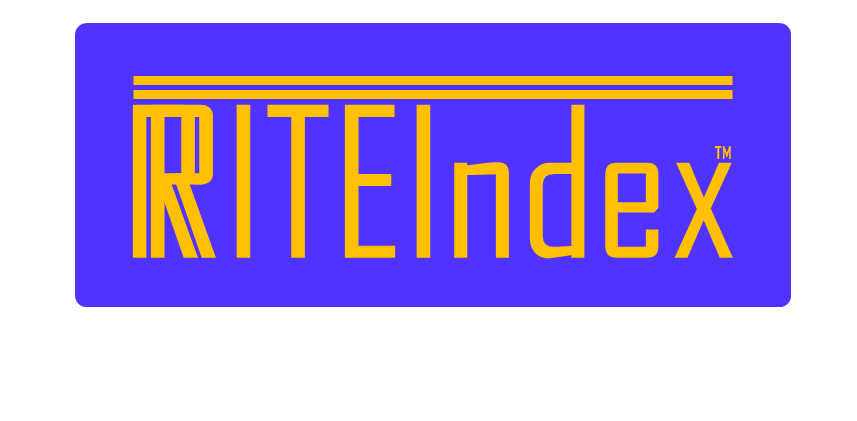Technology Business Management (TBM) is a discipline that is rapidly developing. Businesses globally and across all sectors are seeing the value of being able to link together their finance and IT departments with their business goals, which often seems to start out being seen as a huge task without any common insight or language.

Once you have core TBM capabilities in place and can start to see the business value of IT expense, new questions arise about how to track that over time. Companies have usually either used a large number of metrics, or found a specific target to consolidate those metrics into.
RITEIndex is the mechanism for any company with TBM reporting in place to create their own single index of IT Efficiency, and then to enable comparison with other businesses without the need to share any financial or organisationally confidential information.
What is RITEIndex
RITEIndex is a cost-weighted index of IT unit costs. This is a set of calculations which output a single number, measuring the change in efficiency of IT Services or Products over time.
The calculation is set up to show improvements as an increase against a pre-defined baseline condition.
The overall RITEIndex for a company would include a number of individual IT Services or Products, each with their own calculated RITEIndex.
Why should I use RITEIndex
RITEIndex has value in two main areas
- It provides a simple and easily explainable guide to C-suite management of improvement of IT efficiency, bringing together answers to questions around value-for-money.
- At both the company and the component level, RITEIndex helps provide an incentive for behaviours among both business and IT staff that enhance the value of the company’s IT expense.
In the first area, there is an easily understood similarity between RITEIndex and most stock market indices. The stock market indices are also
- cost-weighted, usually based on the the capitalisation of the companies
- indices, being a single number calculated from components
- of unit cost, which is the stock price.
There are differences, particularly in that the RITEIndex is not based on an ‘absolute’ measure such as stock price, but instead is based on the Unit Cost of components, so requires a degree of additional management as part of the TBM governance processes.
The Unit Cost of components; simply the total cost divided by the volume consumed, is a critical metric for driving positive behaviour. The expectation should always be that Unit Cost decreases over time, as efficiency increases. This should be true both for day-to-day processes associated with Running the Business, and also a longer term result of any investment. If a business case for investment does not deliver decreased Unit Cost, there are very few situations in which it will make sense.
RITEIndex will also act as a mechanism to ensure that staff are looking for the best value for the business, rather than being driven by more parochial goals. The owner of the IT expense is given an incentive to either increase volume without increasing cost, decrease cost while delivering the same volume, or a combination such as increasing volume faster than increasing cost. These can easily be characterised as the IT management being asked to manage their function ‘as a business’. From a the side of the IT user, being provided with the Unit Cost of their service allows them to focus on how they gain value from the Service; whether they are using it efficiently themselves or can change their behaviour to help reduce cost.
How do I calculate RITEIndex
A starting assumption for the use of RITEIndex is that you have processes in place to regularly and repeatably measure and report on the cost and volume of component IT Services or Products. If you do not have this in place, please contact us for core advice on the value to be gained through implementing Technology Business Management (TBM) disciplines, and take a look at the TBM Council and associated materials.
Calculating RITEIndex can be achieved on a spreadsheet or in a TBM or Business Intelligence tool.
There are three phases to a implementation:
- Setting a baseline
- This involves identifying the components that will make up your RITEIndex, with the core requirement being that the resulting Unit Costs are not volatile. RITEIndex is a time-based metric, so the other key factor in setting the baseline is the relevant time period. There are both business and technical considerations to the choice of component and baseline period, which will be explained in a separate page.
- Calculating your RITEIndex
- The same calculation that is used to implement the Baseline RITEIndex will be repeated regularly. For most TBM implementations the Unit Cost will be calculated monthly, with updated inputs for the cost base and IT Service or Product inventories.
- Managing transitional events
- Organisational events, technological change, improving maturity of TBM, or annual planning cycles, can all impact the consistency and value to be seen in RITEIndex. Best practice processes to manage these events revolve around integrating the change into the RITEIndex so that a continuous equivalent index value can be traced over time.
